Introduction
Autism Spectrum Disorder (ASD) affects individuals in diverse ways, with unique manifestations of symptoms in each person. From challenges with social communication skills to restricted, repetitive behaviors, autism presents various obstacles that require understanding and support.
This article explores the different aspects of autism, including sensory processing issues, executive functioning difficulties, and challenges with flexibility and transitions. By delving into these topics, we aim to provide guidance and resources to empower Parent Advocates in navigating the complexities of autism and ensuring the well-being of their children. Join us on this journey of understanding and supporting individuals with autism.
What Are Autism Symptoms?
Autism Spectrum Disorder (ASD), a neurodevelopmental disorder, impacts individuals diversely, with unique manifestations of symptoms in each person. It is estimated that 1 in 45 adults in the U.S. have ASD, however, many adults may have been misdiagnosed or never diagnosed.
Key indicators of autism include challenges with social communication skills and restricted, repetitive behaviors. Research reveals that the brain structure of individuals with Autism differs from neurotypical development, hinting at a potential genetic predisposition towards Autism.
However, no single gene or trigger has been identified as the cause of Autism. It is crucial to debunk misconceptions surrounding the causes of Autism; it is not caused by vaccines, parenting styles, or nutrition.
The early identification of Autism is vital for providing timely and appropriate support. Diagnosis typically involves a comprehensive assessment by a team of professionals, including pediatricians, psychologists, and speech therapists. In Australia, diagnosis can occur at any age, highlighting the importance of early detection and intervention for better outcomes. Understanding Autism and its diverse manifestations is essential to foster inclusivity and provide effective support to individuals on the spectrum and their families. As the prevalence of Autism continues to rise, it underscores the need for continued research, awareness, and advocacy.
Social Communication Challenges
Autism is a spectrum disorder, meaning the type and severity of symptoms can vary greatly among individuals. One of the most common difficulties faced by those with autism is challenges in social communication. This can manifest in various ways, such as struggling to comprehend and use both verbal and nonverbal communication, difficulty maintaining eye contact, and understanding social cues.
It can also lead to challenges in engaging in reciprocal conversations, making it difficult for these individuals to form and maintain relationships. In a study involving ten mothers with autism who also have children with autism in mainstream education, it was found that the main issue they faced was not with individual professionals, but with the wider system. These mothers expressed that they often felt judged and stigmatized for being autistic and struggled with managing sensory and communication difficulties.
This is a reality that is rarely discussed by non-autistic parents. It is worth noting that early signs of autism can be identified in children as young as 12–14 months, thanks to research focused on embedding routine screening in well-baby checkups. This has proven to have a significant impact on children and families, helping them to access support and services as early as possible.
Furthermore, research has shown that most adults with autism experience limited social integration, poor job prospects, and high rates of mental health problems. However, these findings vary widely due to differences in methodology, choice of measures, and selection of participants in the studies conducted. The experiences and challenges faced by individuals with autism underscore the need for better support systems and services, as well as greater understanding and acceptance in society.
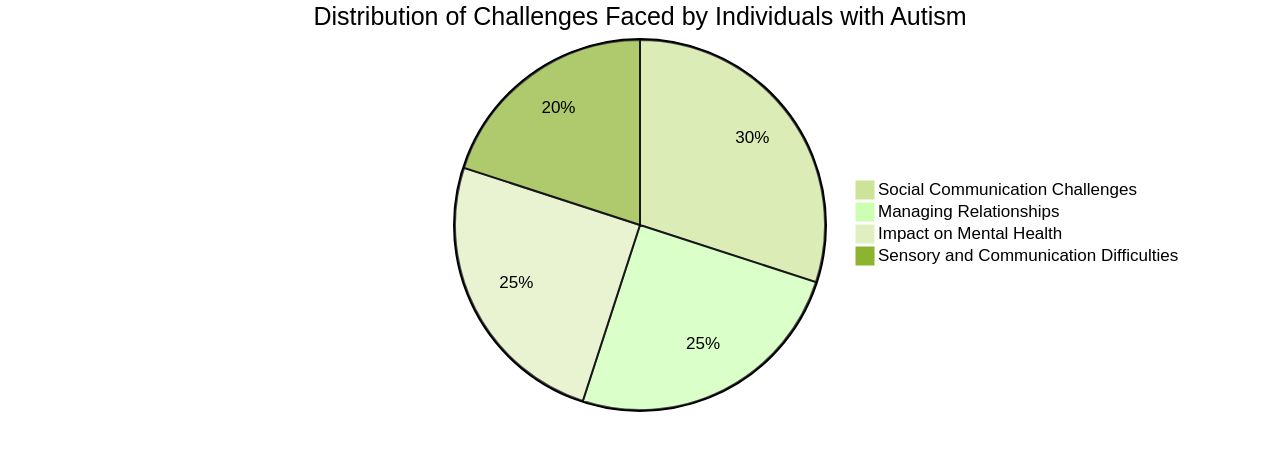
Repetitive Behaviors and Restricted Interests
Autism spectrum disorder (ASD), prevalent in roughly 1 out of 45 adults in the U.S., is distinguished by two fundamental aspects: difficulties with social communication abilities and limited, repetitive conduct. These behaviors often emerge as repetitive motions or actions, like hand-flapping, rocking, or lining up items. Individuals might also cultivate intense fascinations with particular topics or activities, frequently at the expense of other subjects.
While these behaviors may seem limiting, they are essential in the individual's capacity to self-soothe and manage the overpowering sensory input frequently associated with autism. Recent research implies that efforts to eradicate these behaviors without offering alternative self-soothing tools may not be the most advantageous approach. It's also crucial to recognize that these behaviors and interests can evolve significantly over time, especially during significant life changes or in response to increased social demands.
For example, the presentation of autism can transform with age, and co-existing conditions like anxiety and ADHD can also affect these symptoms. Therefore, understanding these behaviors and providing the right support, such as the resources available through www.asd.media's digital access subscriptions, can drastically improve the individual's ability to navigate their daily life and interactions. The platform offers two subscription options, a $130/year subscription and a $5-7/month subscription, providing an accessible and valuable resource for those seeking to understand and support individuals with ASD.
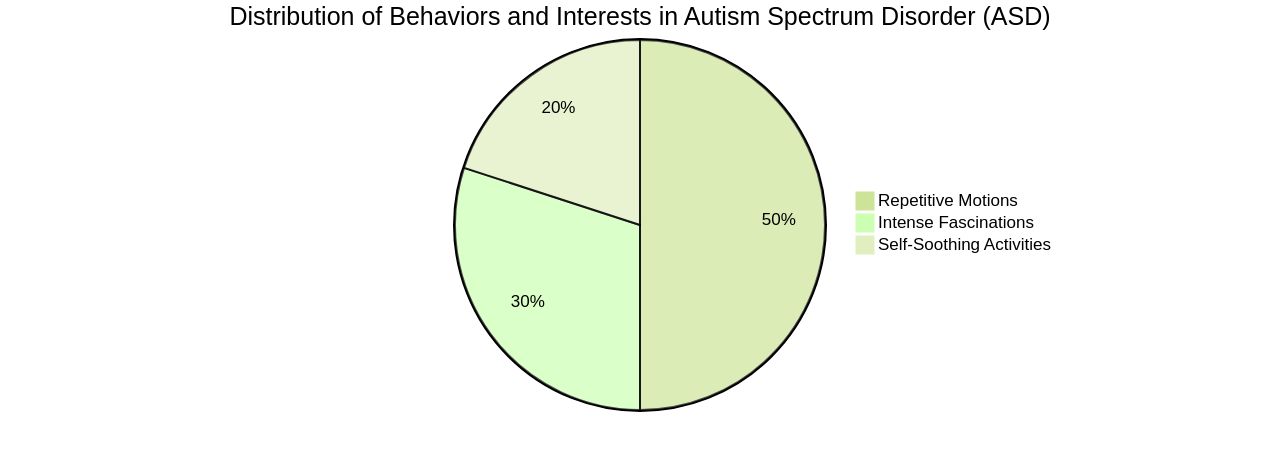
Sensory Processing Issues
Autism often presents alongside sensory processing complications, leading to either an amplified or diminished response to sensory stimuli such as sounds, lights, touch, or taste. This sensitivity can generate a sensory overload or cause withdrawal, making it challenging to process and respond to sensory information. For instance, the discomfort of a scratchy tag or a loud noise can be overwhelming for some individuals with autism, triggering intense emotions, anxiety, and stress.
Such sensory issues can even deter children from engaging in certain activities or visiting specific places for fear of sensory overload. It's therefore crucial for parents and caregivers to recognize these sensory signals and address them seriously. Sensory issues are not uniform and vary among individuals.
For example, while some children may be averse to certain textures or sounds, others may actively seek out specific sensations like pressure or vibration. Research from Drexel University revealed that about 70% of children with autism experience sensory processing issues, significantly affecting their quality of life and development. It's essential to understand that overstimulation can occur when the brain receives more sensory information than it can process.
This can lead to distress and anxiety, but there are strategies to help manage these situations. For instance, creating a sensory-friendly environment or using social stories to help children understand social situations and expectations can significantly reduce anxiety and the risk of overstimulation. This understanding can help establish a safer, more supportive environment for children with autism, reducing the risk of sensory overload and fostering their well-being.
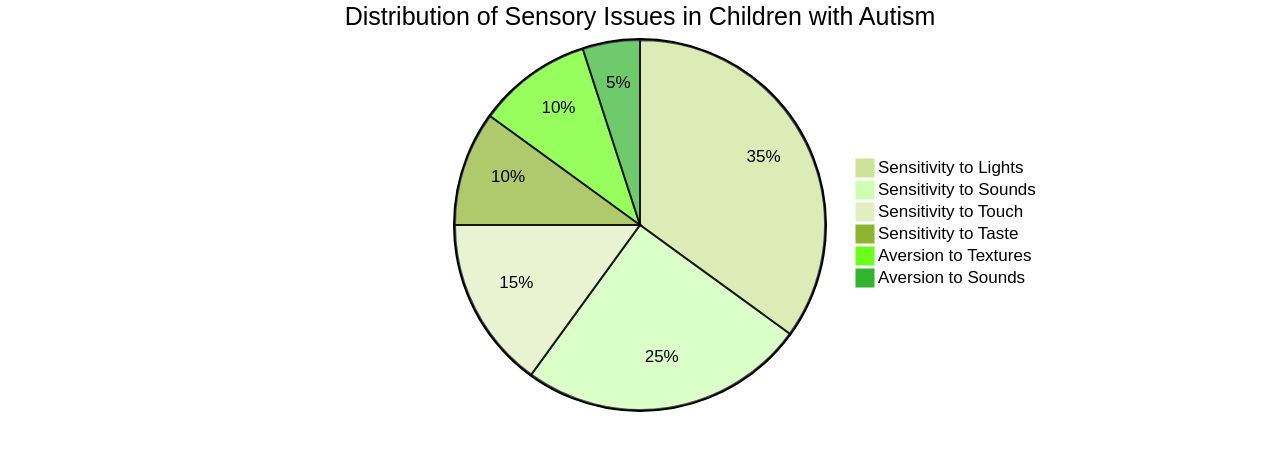
Challenges with Flexibility and Transitions
Autism, as a spectrum disorder, presents unique challenges for those living with it, particularly when it comes to adaptability and transitions. Routine modifications or sudden events can create obstacles, and transitioning between activities or environments may necessitate extra support and preparation.
This is especially true for autistic children, who often grapple with social interactions and may engage in repetitive behaviors, known as 'stimming,' leading to school isolation. As these children grow, they may find themselves with limited friends and significant alone time in high school.
Furthermore, the journey into adulthood brings its own set of societal and psychological challenges. Often, autistic adults report being turned away by practitioners due to a lack of understanding of their specific needs.
However, it's crucial to remember that autism also often comes with excellent memory, developed visual thinking, attention to detail, honesty, and other valuable skills. Therefore, employing a strengths-based approach can be an effective solution to help these individuals access their maximum potential. Moreover, some autistic individuals learn to 'mask,' adopting specific behaviors to appear nonautistic, a survival mechanism that often begins at a young age. This is a response to societal pressure and criticism, such as punishment for stimming behaviors or mockery for not knowing certain social expectations. Autism is a lifelong journey, and it's essential to provide the right support and resources for these individuals to navigate their unique challenges and thrive.
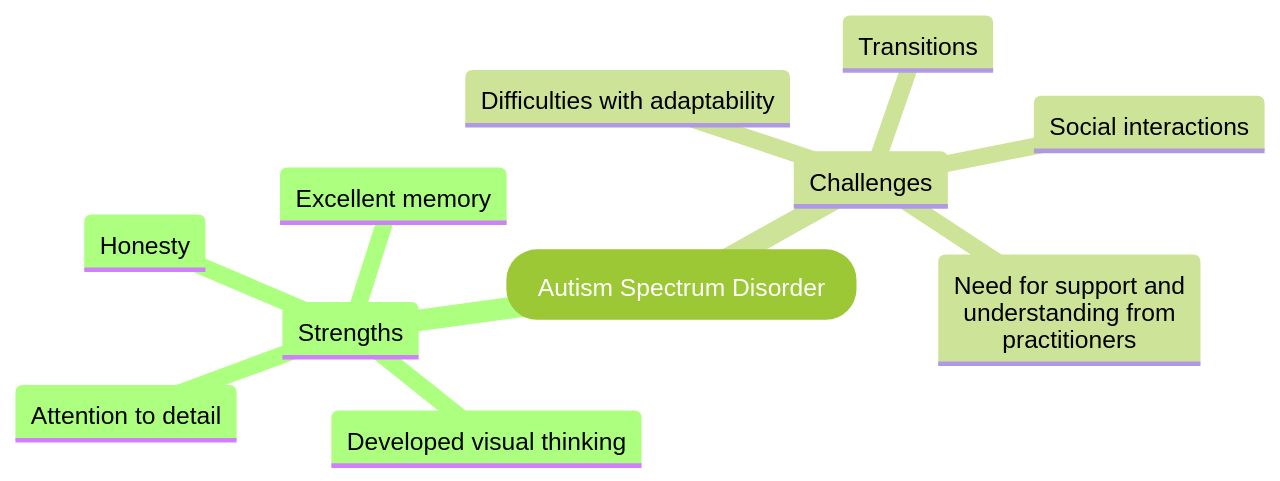
Executive Functioning Difficulties
Executive functioning, encompassing planning, inhibition, and task-switching abilities, has been a focal point of autism research. These cognitive skills were once believed to explain the social and cognitive challenges that many individuals with autism face.
However, the evidence tells a different story, one that is complex and nuanced. While individuals with autism often report difficulties with these skills, structured tests don't always reflect these struggles.
For instance, in a study involving 12 autistic teenagers and their mothers, the participants noted that their executive functioning skills varied greatly depending on the context, timing, and their emotional state at the time of task execution. These skills were especially influenced by how motivated they were to perform the task and how anxious they felt while doing it.
It's important to note that the prevalence of developmental disabilities, including autism, has increased in recent years, affecting 4.66% of boys and 1.5% of girls. These statistics highlight the importance of understanding and addressing executive functioning challenges in autism. Various strategies can help strengthen these skills, such as activities that improve working memory, inhibit control, and enhance cognitive flexibility. Such strategies are crucial in supporting individuals with autism to manage their daily tasks effectively.
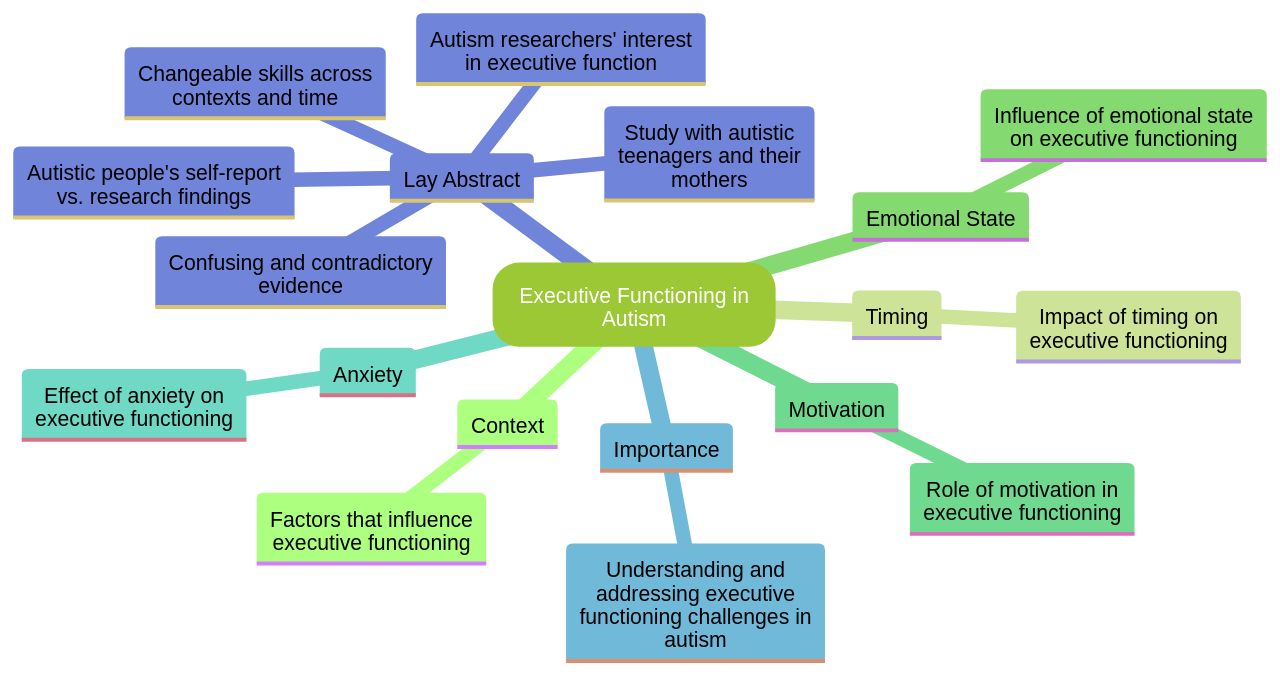
Sensory Processing Issues in Autism
Sensory processing, a critical aspect of autism, pertains to how the brain manages and responds to sensory stimuli. In individuals with autism, sensory processing can manifest uniquely, leading to heightened or reduced sensitivity to these stimuli, which may impact their daily activities and overall quality of life.
For instance, commonplace sensations such as the tag on a shirt or a sudden loud noise can be overwhelming or even painful, triggering a variety of emotions. This can also contribute to anxiety and stress, causing individuals with autism to avoid certain environments or activities they perceive as overstimulating.
The prevalence of sensory processing disorders is between 5 to 16 percent among school-aged children, with a likely higher rate when considering its co-occurrence with other conditions such as autism, ADHD, and dyslexia. However, despite its prevalence, sensory processing disorder is yet to be widely recognized as a distinct medical or psychiatric disorder.
Recent developments, such as Walmart's introduction of sensory-friendly hours during the back-to-school season, indicate growing awareness and acceptance of these challenges. Sensory processing difficulties, including overstimulation, are common symptoms of Autism Spectrum Disorder (ASD). These difficulties can lead to hypersensitivity (over-responsiveness) or hyposensitivity (under-responsiveness) to a multitude of stimuli, including sights, sounds, tastes, smells, balance, touch, and internal body cues. It is crucial for caregivers and parents to understand and address these sensory needs. Recent research has shown differences in the brains of children with sensory processing disorders, particularly in the white matter, further validating the need for a deeper understanding of sensory issues.
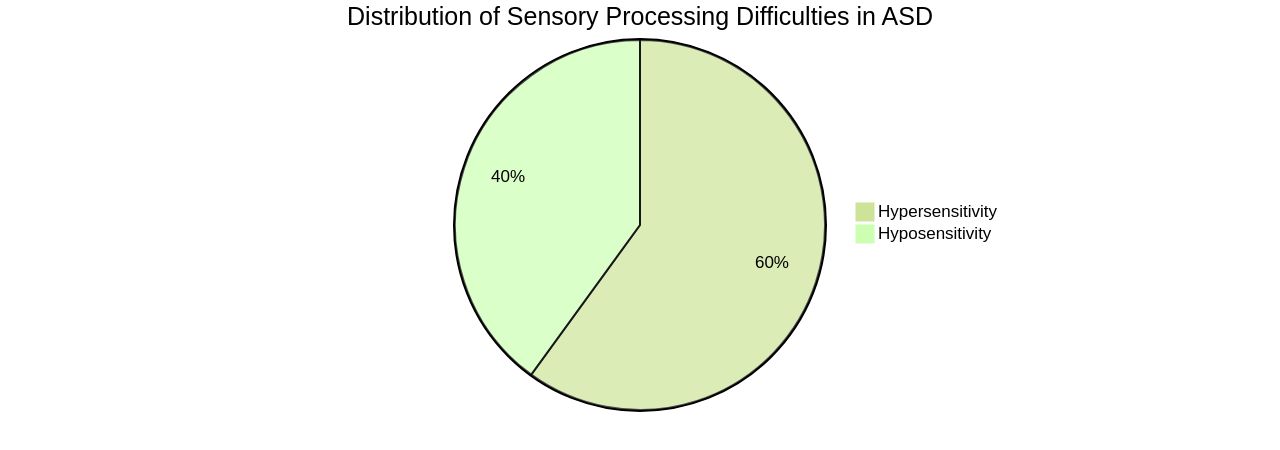
Understanding Sensory Processing Issues
Autism Spectrum Disorder (ASD) often results in sensory processing difficulties, leading to overstimulation. This can manifest as hypersensitivity, where individuals become easily overwhelmed by sensory inputs such as sounds, lights, textures, or smells.
Conversely, they may also exhibit hyposensitivity, which is a reduced sensitivity to sensory inputs, resulting in the seeking of intense sensory experiences or engagement in repetitive behaviors to self-stimulate and regulate their sensory system. These experiences can be intense and overwhelming, causing discomfort and even pain.
A loud noise or a scratchy shirt tag can trigger an intense response. This sensitivity can also lead to anxiety and stress, as individuals with autism may avoid certain places or activities, fearing they will be too much to handle.
Sensory issues can vary greatly among individuals with autism. Some may be sensitive to specific textures or sounds, while others may seek out certain sensations, such as the feeling of pressure or vibration.
Recent research has aimed to understand these sensory issues better, focusing on the sensory environments of autistic adults. The brain structure in people with autism differs from those with neurotypical development. While the exact cause of autism is unknown, researchers are investigating links among heredity, genetics, and medical problems. Misinformation about the cause of autism, such as vaccines or parenting style, has been debunked. Understanding sensory issues in autism is crucial for parents and caregivers to create a safe and supportive environment, helping the individual avoid feeling overwhelmed. It's critical to pay close attention to their signals and take their sensory needs seriously.
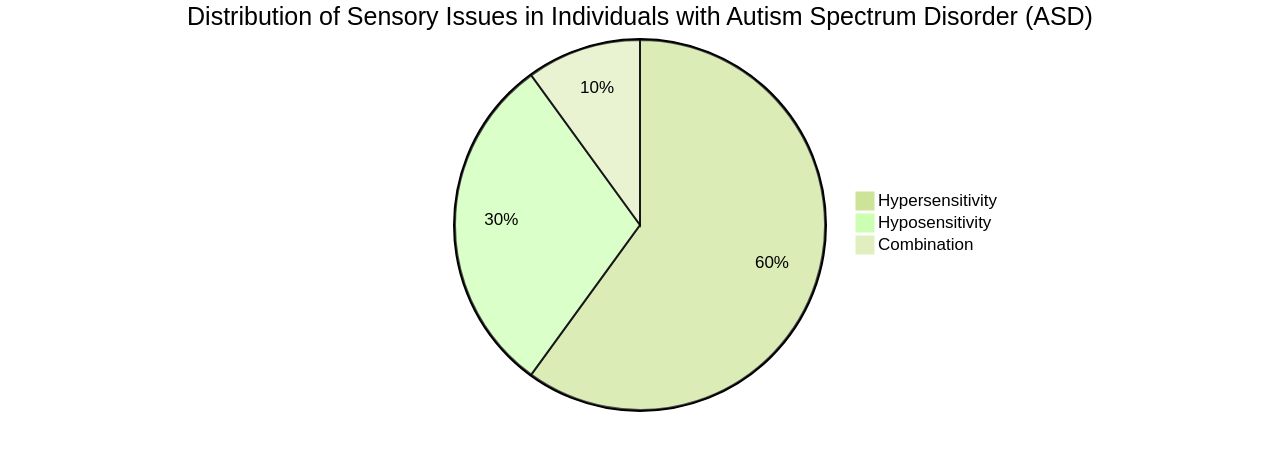
Common Sensory Processing Challenges
Autistic individuals often grapple with sensory processing difficulties, which can manifest in various ways. Some might experience noise sensitivity, where loud or abrupt sounds can cause distress.
Others might struggle with tactile sensitivity, feeling discomfort or aversion to certain textures or physical contact. Certain textures, whether in foods or fabrics, can also pose a challenge.
Moreover, visual sensitivities such as bright lights or specific patterns can be overwhelming. Autistic overstimulation can be a challenging experience for both children and adults with Autism Spectrum Disorder (ASD).
This happens when the brain receives more information from the senses than it can process. Triggers can include loud noises, bright lights, strong smells, and tactile sensations.
To help manage this, parents and caregivers can create sensory-friendly environments and use tools like Social Stories. These short narratives can help autistic children understand social situations and expectations, reducing anxiety and overstimulation risks.
Recent research indicates that more than 90% of children with ASD experience sensory hypersensitivity. This sensitivity could be linked to the brain circuitry that supports sensory reflexes, which occurs at a much earlier stage of sensory processing. The forebrain, involved in processing sensory stimuli and regulating behaviors and emotions, has also been a focus of research. Despite the significance of sensory experiences in the lives of autistic individuals, there remains limited research and consensus on suitable methods to assess sensory differences. However, efforts are being made to understand sensory issues and the sensory environments of autistic adults. Assessment tools include an informant-based survey adapted from the Sensory Assessment by the Autism Education Trust, and an environmental assessment to evaluate if identified needs are met.
Impact on Daily Life
Sensory processing issues are a significant facet of autism, often leading to profound daily life impacts. For instance, an autistic child hypersensitive to noise may find it challenging to focus in a bustling classroom or become overwhelmed in crowded spaces.
On the other hand, a child hyposensitive to touch may exhibit self-stimulatory behaviors, such as hand-flapping, seeking intense sensory input. These sensory processing challenges can influence social interactions, learning experiences, and overall well-being.
Research shows that 5 to 16 percent of school-aged children without any other conditions could be impacted by sensory processing disorder, a condition often co-occurring with autism. This prevalence is likely higher in the broader population, given its commonality among individuals with conditions like ADHD, dyslexia, post-traumatic stress disorder, chronic migraines, and traumatic brain injuries.
Interestingly, brain scans reveal differences in the structure and shape of brains in people with autism compared to neurotypical development. This suggests a genetic basis for autism, though no specific gene has been identified as the cause.
Additionally, a study found significant differences in the white matter of the brains of children with sensory processing problems. However, there are strategies to help manage these challenges. Social stories, for example, are short narratives that assist children with autism in understanding social situations and expectations, reducing anxiety and overstimulation risk. Physical activities, such as jumping on a trampoline or going for a walk, can also provide beneficial sensory input. With the right support and understanding, individuals with sensory processing issues can navigate their environments more confidently.
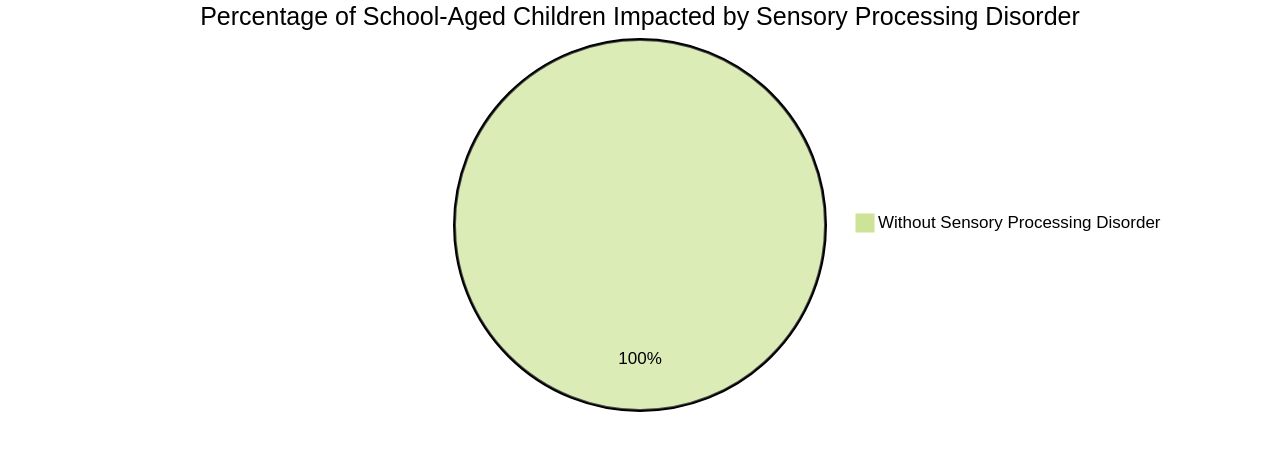
Supporting Individuals with Sensory Processing Issues
Sensory processing issues in autism can significantly affect an individual's daily life, making it critical to understand and support these individuals. Creating sensory-friendly environments and offering alternative sensory experiences can aid autistic individuals in managing their sensory system.
For instance, simple changes such as providing sensory activities or scheduling activities when environments are less crowded can make a substantial difference. This concept was highlighted in a paper by Elise Freed-Brown of Seton Hall University on developing museum programs for kids with autism.
Additionally, the use of occupational therapy and sensory integration-focused interventions can provide beneficial support. One such initiative is the 'Sensory Scouting' research project by the University of New Hampshire and Twenty-One Senses, aiming to identify the best ways to support children with neurodivergent conditions.
Moreover, the use of social stories - short narratives that help children with autism understand social situations and expectations - can help reduce anxiety and increase understanding of social cues. This approach can help children feel more confident in social situations and reduce the risk of overstimulation.
However, it's crucial to note that sensory processing disorder is not exclusive to autism. In fact, it's estimated that 5-16% of school-aged children without autism or attention-deficit/hyperactivity disorder may also have sensory processing disorder. The condition is also common in individuals with other conditions such as ADHD, dyslexia, and post-traumatic stress disorder. Given these facts, it's clear that understanding and supporting individuals with sensory processing issues is not just essential, but it's also a societal responsibility. This understanding can lead to more inclusive and supportive environments for all individuals navigating the sensory world in their unique ways.
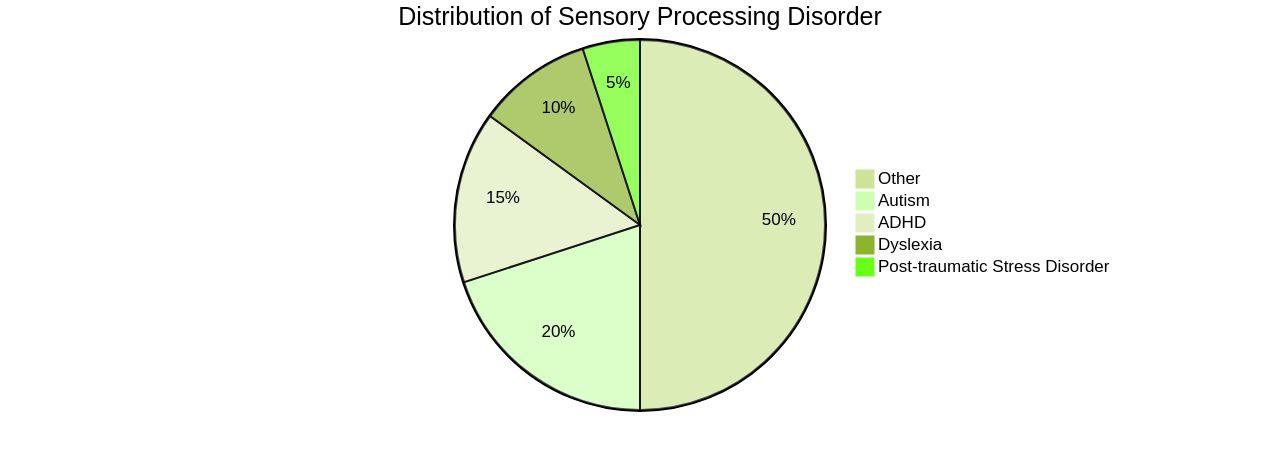
Conclusion
In conclusion, Autism Spectrum Disorder (ASD) presents diverse manifestations of symptoms in each individual. It is crucial to understand that autism is not caused by vaccines, parenting styles, or nutrition.
Early identification and diagnosis of autism are vital for providing timely support and intervention. Challenges with social communication skills are common in individuals with autism, leading to difficulties in forming and maintaining relationships.
Sensory processing issues and repetitive behaviors are also prevalent, but it's important to recognize that these behaviors serve as self-soothing tools and can evolve over time. Flexibility and transitions can be challenging for individuals with autism, highlighting the need for support systems that understand their specific needs.
Executive functioning difficulties, such as planning and task-switching abilities, are often reported by individuals with autism. Understanding and addressing these challenges are crucial for effective daily task management.
Sensory processing issues play a significant role in the lives of individuals with autism, leading to hypersensitivity or hyposensitivity to sensory stimuli. Creating sensory-friendly environments and using tools like social stories can help manage sensory overload and reduce anxiety. Supporting individuals with sensory processing issues requires understanding their unique challenges. Occupational therapy, sensory integration-focused interventions, and the use of social stories can provide valuable support. It's important to note that sensory processing disorder is not exclusive to autism but also affects individuals with other conditions. Overall, by understanding the various aspects of autism and providing appropriate support and resources, Parent Advocates can empower themselves to navigate the complexities of autism and ensure the well-being of their children.




